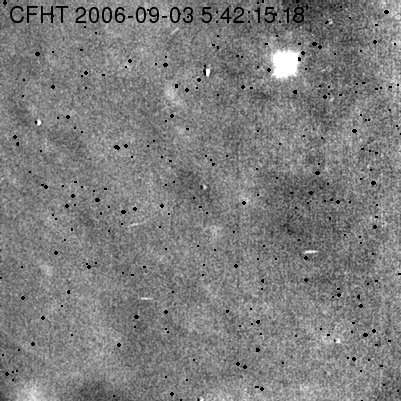Researcher crashes into moon mystery solution

Western researcher Philip Stooke may soon get his own television series – CSI: The Moon – if he keeps uncovering mysterious crash sites on the omnipresent astronomical body.
The Geography professor's latest finding closes a decade-old mystery about the final resting place of SMART-1, the European Space Agency's first lunar mission sent into a controlled impact with the Moon in 2006, three years after its launch in 2003.
"The investigation was purely mine," Stooke said. "Other people had looked for it, and I had in the past as well, both without success."
The investigation started with Stooke updating maps in his 2007 book, The International Atlas of Lunar Exploration, with images from the Lunar Reconnaissance Orbiter (LRO), a NASA craft that has taken the most detailed images of the Moon to date.
Using those images, Stooke stumbled across the 2009 crash site of a Chinese spacecraft, Chang'e 1. While looking for signs of its crash, he found a few odd-looking craters. To check them, he looked at old images taken by Apollo 16 in 1972.
"The Apollo 16 images showed the craters I had found were all there long before Chang'e 1 crashed. But as I compared the images, I noticed a bright spot not present in the old images. That was the crash site (of Chang'e 1)," he said. "It had exactly the characteristics expected of an object hitting the Moon at a very shallow angle, almost grazing the surface and slower than meteorites would hit it."
Unlike the circular craters created by fast-moving objects like meteorites, slow-grazing impacts cut linear gouges in the surface of the Moon, throwing out debris, or ejecta. Whereas fast impacts throw that ejecta out in all directions, slow-grazing impacts tend to throw it only downrange, forming a fan of ejecta in the direction the object was travelling.
Sensing he may be on to something, Stooke focused his attention on trying to locate SMART-1.

"We knew roughly where SMART-1 was. And so I looked in the expected location – but now I was also looking for a fan of ejecta extending from a rather elongated crater, more like a gouge in the surface as you might expect from a grazing impact," he said.
The initial distribution of ejecta was observed by the Canada-France-Hawaii Telescope in 2006. But an exact location was never determined – until now.
"I found it quickly now because I knew better what to look for."
Stooke showed his findings to Bernard Foing, the European Space Agency project scientist in charge of the mission, when he visited Western this spring. He agreed it was indeed the site.
Stooke said solving this 'lunar cold case' holds more historical significance than it does scientific implication.
"Lunar exploration is one of the big things nations have been involved with in the last half century, and many aspects of its history have yet to be told," he said. "That's one of the goals of my book. This work forms part of the record of human activity in space. There may be a bit of science to come out of it as well."
Stooke has also been looking for the impact sites of the Apollo Lunar Module upper stages. After the Apollo astronauts returned to orbit and joined up with their orbiting spacecraft for return to Earth, the Ascent Stage of the Lunar Module was abandoned. Some of them were crashed to create a signal for seismometers on the surface.
"They have been very elusive, but I think I now have three of the four we might find," he said.
Provided by University of Western Ontario





















